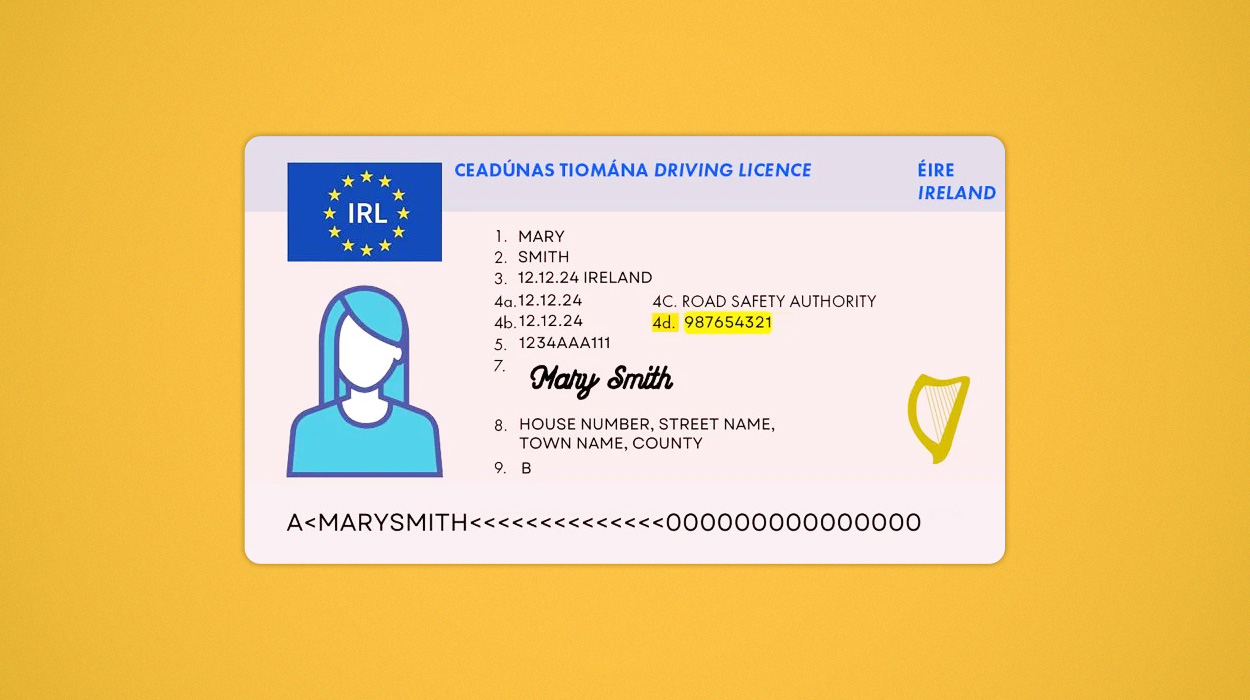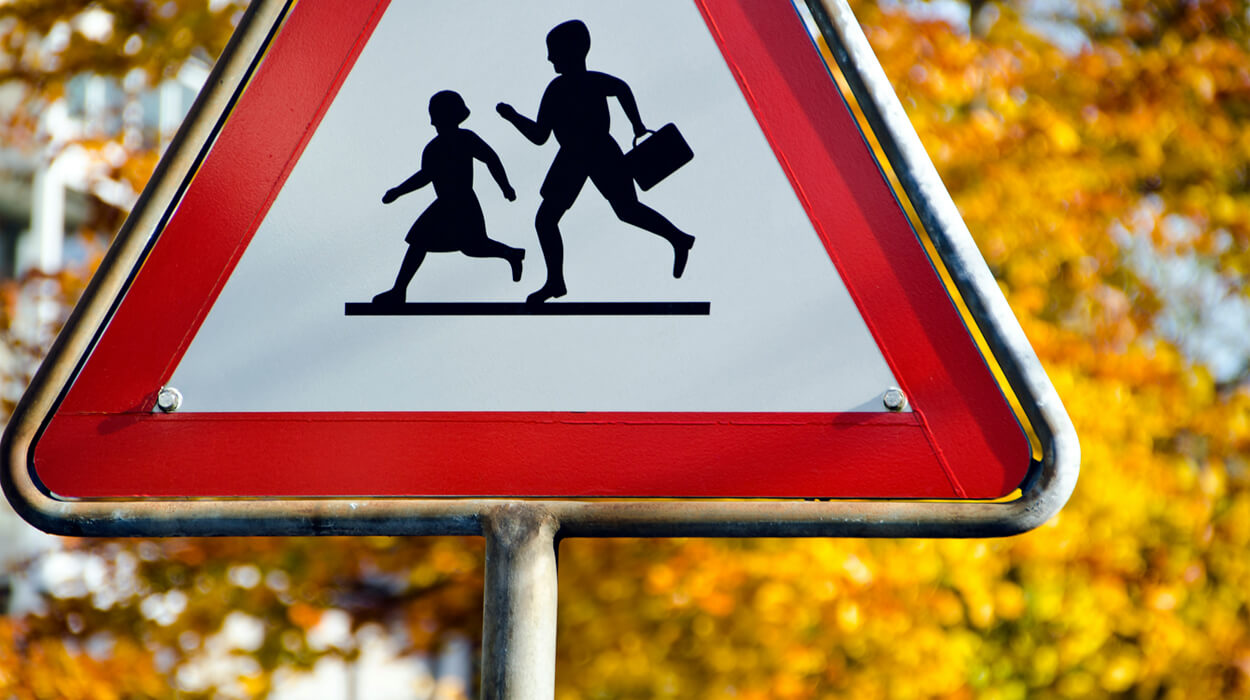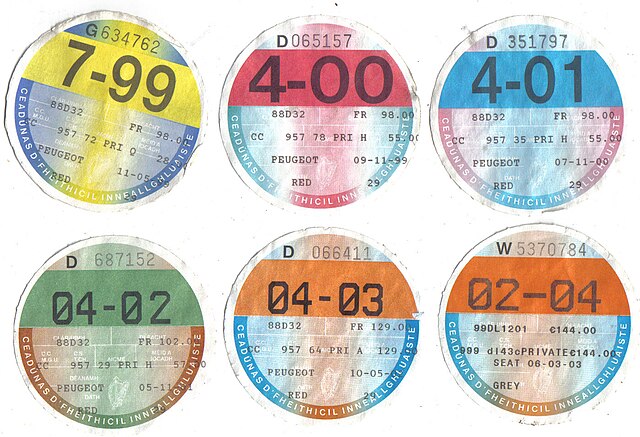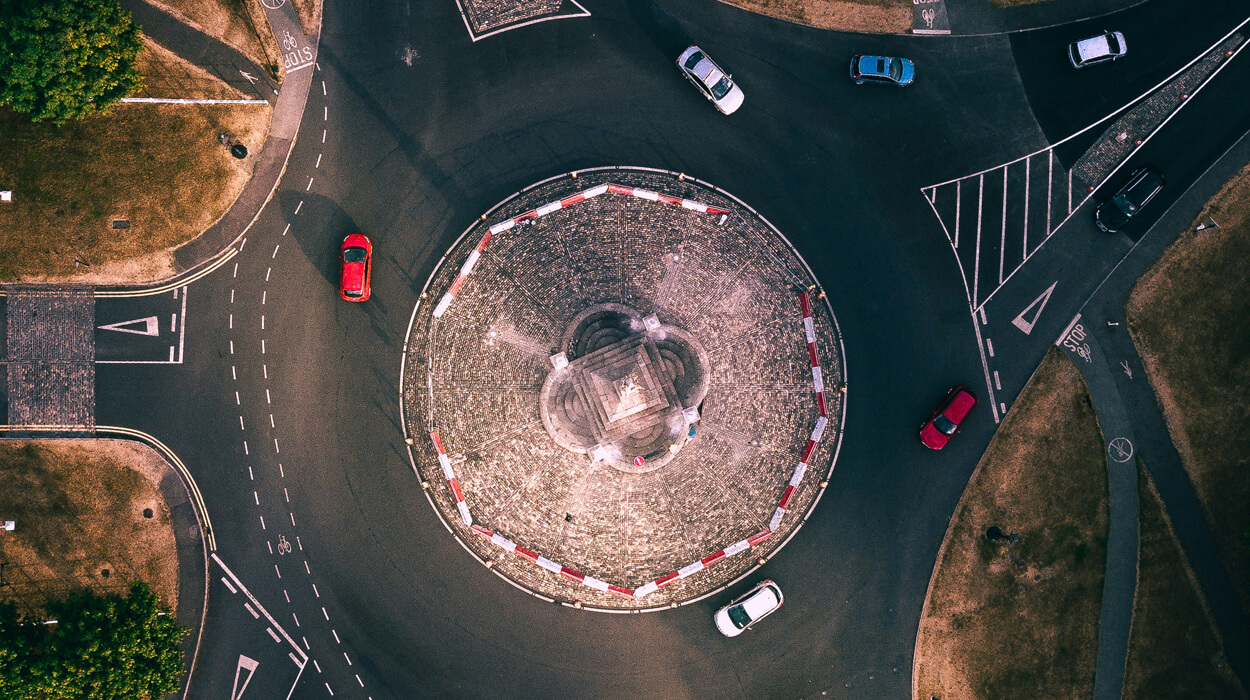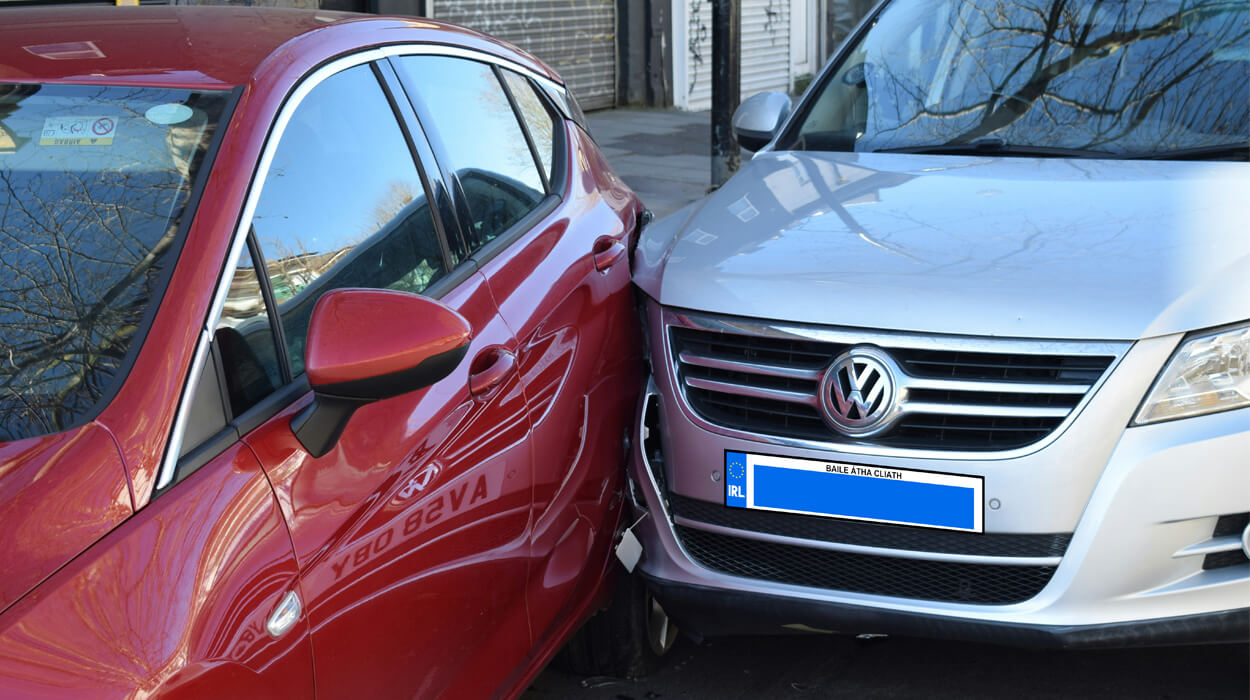
Don’t get swept away! How to drive in heavy rain
Driving in the rain can be a perilous task. Ideally, driving in heavy rain and flooding should be avoided completely but, with our Irish weather, that isn’t always an option.
Unfortunately we sometimes have no choice but to take to the road in spite of the potentially dangerous weather conditions. The best we can do is try and be as safe as possible. Follow these simple tips and hopefully you’ll get from A to B with as little stress as possible.
1. Don’t make unnecessary journeys. It’s not just a meme. Really consider whether or not your trip is actually necessary. If it isn’t, simply stay at home. Any number of things can go wrong when there’s water on the roads so the less traffic out there, the better.
2. Plan ahead. Keep an eye on weather reports and traffic updates. Select your route carefully, being sure to avoid any known black spots.
3. Check your car. Double check that everything is in perfect working order with your vehicle, especially the tires, headlights and windscreen wipers. And make sure you have a full tank of fuel. The last thing you want is to run out of petrol in the middle of a storm.
4. Change your tactics. Visibility is often reduced in heavy rain so use your headlights. It also takes cars longer to brake when roads are wet. A good rule of thumb is to leave double the distance between you and the car in front of you.
5. How to deal with aquaplaning. Sometimes your car loses traction as you travel through standing water. This process is known as aquaplaning. The key to dealing with this issue is to avoid braking and not panic. Gently steer the car in the direction you were originally travelling and wait for the car to find traction before accelerating again.
6. Driving through standing water. One of the more hazardous aspects of driving in bad weather is trying to navigate standing water. Obviously you should try to find an alternate route but, if that’s not possible, reduce your speed and change to a lower gear. Try to find the shallowest route, which is often the middle of the road.
You could lose control of your vehicle if try to drive through 15cm of water; at 30 cm most cars will start to float. Although it might seem counterintuitive, opening the passenger door and allowing some water on board might weigh the car down enough for it to reach the ground again. Hopefully things won’t get that drastic!
For more information on a whole host of interesting topics, check out our earlier blog posts or get in touch with us today.
Take care,
The Team at GMIB.ie



